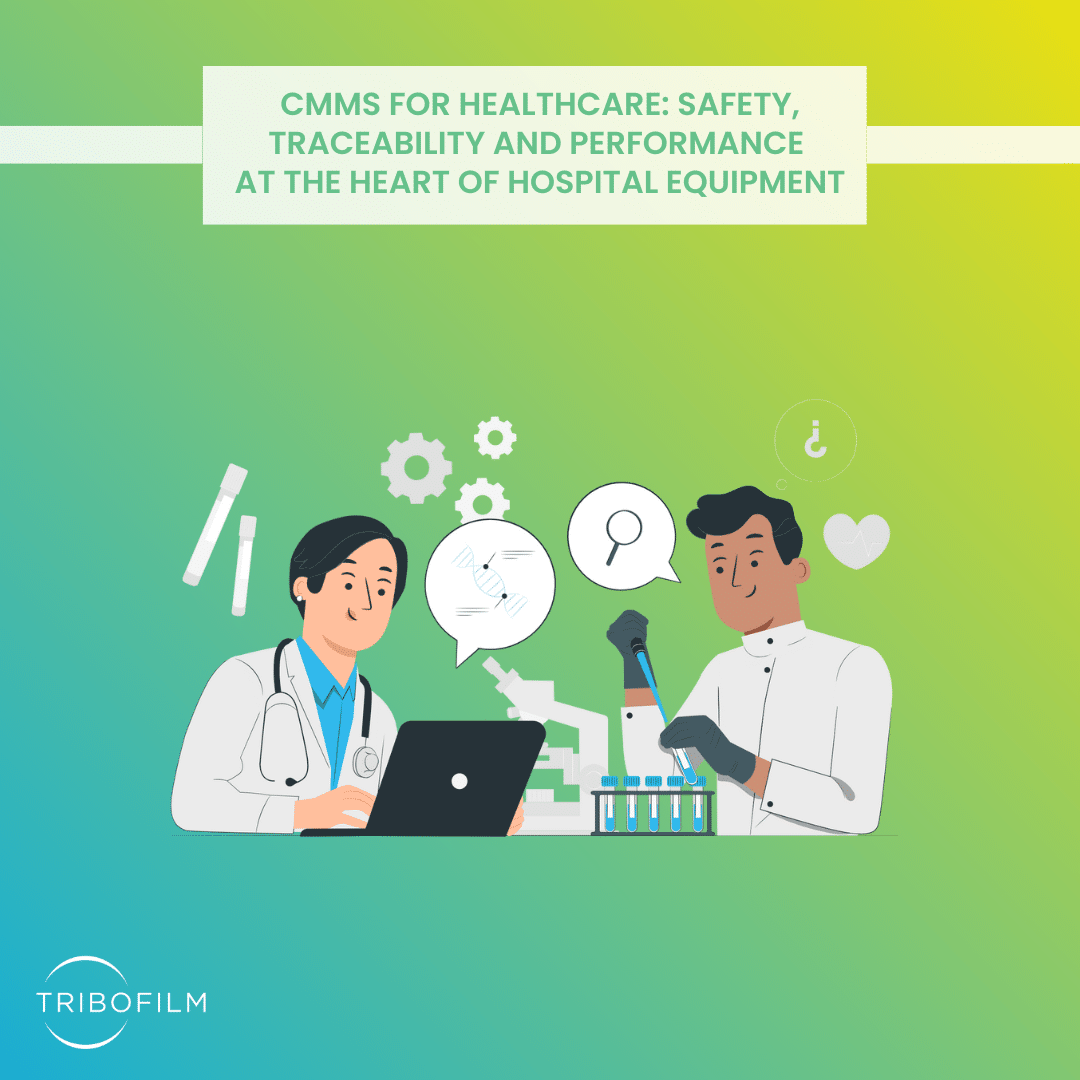
In hospital environments, every medical device must be reliable, compliant, available, and traceable.
A malfunctioning ventilator, a missing monitor or an audit that is poorly prepared can have serious consequences: delays in care, unexpected costs, regulatory penalties.
How can you guarantee the reliability, availability and compliance of your equipment fleet in such a demanding environment? This is where a CMMS designed for biomedical becomes your best ally.
Biomedical teams under pressure
Every day, biomedical departments juggle:
- Ensuring the immediate availability of critical equipment.
- Guaranteeing impeccable traceability for every device.
- Meeting ever stricter regulatory constraints.
Without a centralized tool, the task becomes a headache: scattered information, incomplete inventories, maintenance history unavailable.
The result: delayed interventions, reduced visibility on costs, complicated audits.
The risks of “old-fashioned” management
| 🛑 Problem | ⚡ Impacts | 🎯 Possible Consequences |
|---|---|---|
| Frequent failures of critical equipment | Service interruptions, care delays | Safety risks, unexpected costs |
| Lack of spare parts / long procurement lead times | Extended downtime | Degraded overall performance, budget overload |
| Incomplete or obsolete inventory | Doubts about location or condition of devices | Poor planning, difficult audits |
| Stringent regulatory obligationss | Risk of non-compliance | Penalties, fines, withdrawal of authorization |
Healthcare CMMS: a strategic lever, not just a tool
A CMMS dedicated to biomedical does more than store data. It transforms your daily management into intelligent oversight:
1. Complete inventory and traceability
- Brand, model, serial number, purchase date, warranty end date, purchase cost.
- Precise location: room, department, building.
- History and tracking of interventions and replaced parts.
- Barcode or RFID identification for effortless tracking.
Benefits: fewer losses, easier audits, time savings for your teams.
2. Automatic compliance with standards and regulations
- Alerts for preventive maintenance and periodic inspections.
- Incident history and documented materiovigilance.
- Exportable reports for internal and external audits.
Benefits: no oversights, simplified compliance, peace of mind.
3. Detailed cost analysis and budget optimization
- Precise costs per device (parts, labor, outsourcing).
- Anticipation of replacements and investments.
Benefits: informed decisions, controlled budget, optimized fleet.
Conclusion
A CMMS tailored to biomedical needs is not a luxury: it is a lever for safety, performance, and compliance.
By securing your materiovigilance, reinforcing traceability, and improving device availability, you provide a direct contribution to care quality and the sustainability of your institution.
